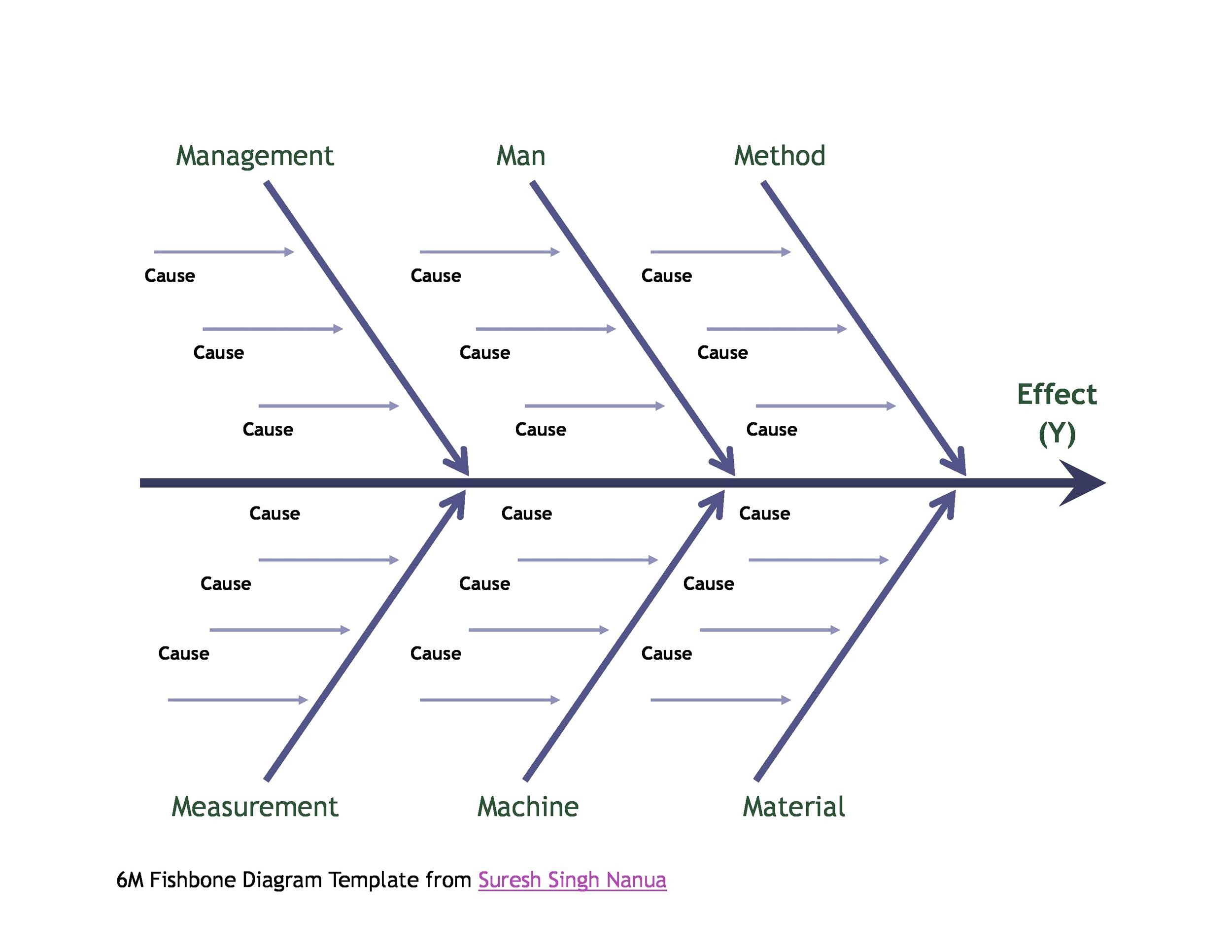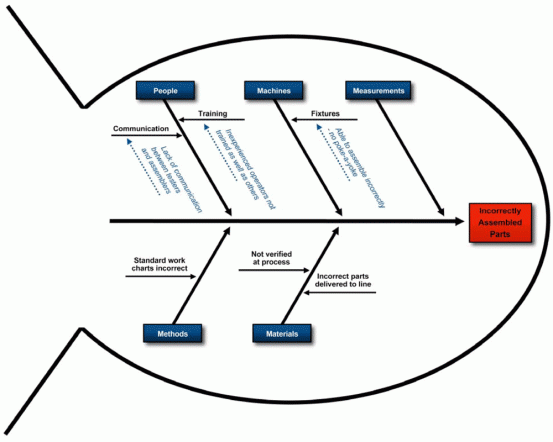
#FISHBONE DIAGRAM PROBLEM SOLVING FREE#
Want to get more information and advice to help solve your operational problems? Read our free guide to learn more about the basics of operational efficiency or fill out a form to start talking with one of our experts. It’s important to finish the root cause analysis first to identify and prioritize the causes of the issue so the solutions are effective.” “People sometimes have an automatic tendency to start thinking about solutions right away. “Avoid getting to solutions too quickly,” Gogolin says. With the top causes chosen, you can develop solutions to address the causes and an action plan for implementing initiatives. It’s helpful to summarize the results in a findings report. You can also use Pareto analysis to identify issues that have the biggest impact on your business. To do this, you can develop a consensus, or you can give every participant one or more votes and tally up the results. Then make a short list of the top five underlying causes. Consolidate causes that are similar and talk about relationships between causes to trace them back to underlying issues. Now go through the bones one by one and discuss the causes. The latter is better suited to more complex problems or those involving multiple functions in the business.

For simpler problems, the five-whys technique can also be used in place of a complete fishbone analysis. Q3: Why don’t we have enough people?Īnd so on at least five times altogether. Q2: Why are we short-staffed?Ī: Sales have increased, and we don’t have enough people in billing to keep up. For example, if a possible cause of slow invoicing is that you’re short-staffed, the process could look like this: Q1: Why is invoicing slow?Ī: We’re short-staffed. The facilitator can encourage further discussion by using the “five whys” method-asking “why” at least five times to find the root cause of a problem. Some bones may end up with more possible causes than other bones. The facilitator should clarify any stick notes that are unclear and make sure they’re put on the right bone. If invoicing is slow, causes in the manpower (people) bucket could include insufficient personnel, inadequate training and poor support from other departments.Īdd a sticky note on the manpower bone for each cause, then work your way through the rest of the major factors. Going one major factor at a time, each participant uses a real or virtual sticky note to write down possible causes of the problem in that function. Example of a 5M fishbone (Ishikawa) diagram Label each bone of the fish with a major factor.
#FISHBONE DIAGRAM PROBLEM SOLVING PLUS#
8 M’s: same as 5 M’s plus mission (purpose), management (leadership) and maintenance.5 M’s: manpower (people), machines, material, method and measurement (process).With your team, pick a set of categories that are the most relevant for your problem or company. There’s no set list or number of major factors, though some common definitions do exist. These are called the “major factors.” Each bone represents a function or department of the business. Now it’s time to define the “bones” of the fish. we’re running out of room in our facility.

Problems most commonly have to do with one of three areas: This should be no more than a short sentence and is typically written on a sticky note that is put at the head of the fish.

Next, the team should get consensus on the issue to be discussed and articulate it in a clear, concise problem statement. The exercise can also be effective in a virtual environment. Teams can meet in person and work with a fishbone diagram put up on a wall, using sticky notes. While a facilitator with experience in operational efficiency can lead the process, this exercise can also be done whenever a problem surfaces. This should include members of the leadership team and people from other functional areas of the business. Gogolin says five to 10 people are typically involved in a fishbone exercise. One of the three key tenets of lean is to involve the people closest to a problem who deal with it every day.



 0 kommentar(er)
0 kommentar(er)
